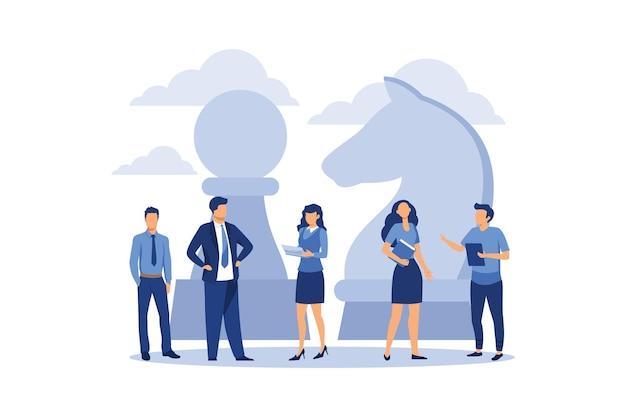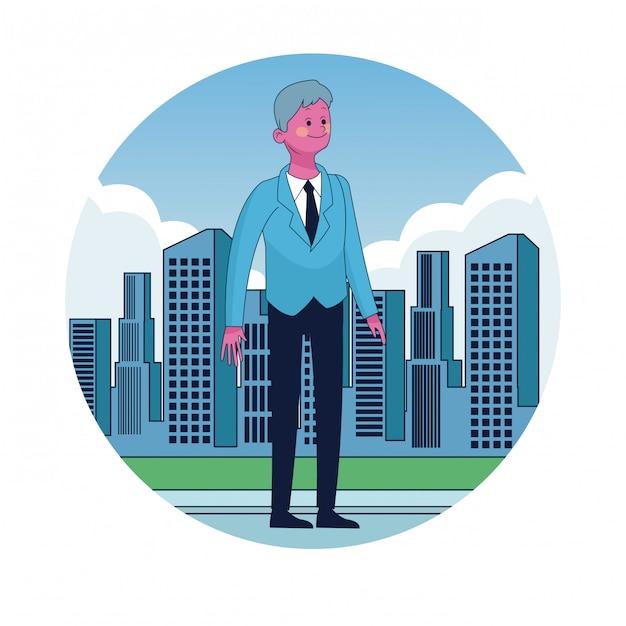Microeconomics and macroeconomics are two branches of economics that study different aspects of the economy. While macroeconomics focuses on the big picture, such as national income, employment, and inflation, microeconomics zooms in to analyze individual economic units like households, businesses, and markets. In this blog post, we will delve into the realm of microeconomics to understand what it entails, why it is important, and explore an example of a microeconomic issue.
Macro factors, on the other hand, are broader economic forces that impact the entire economy, such as government policies, global trade, and technological advancements. By contrast, microeconomic issues pertain to specific economic decisions made by individuals or firms and their impact on these smaller units of the economy.
Understanding microeconomic issues is crucial as it helps us comprehend how individual choices, the formation and behavior of markets, and government interventions affect resource allocation, prices, and overall economic efficiency. So, let’s delve into the exciting world of microeconomics and explore an example of a microeconomic issue in today’s dynamic economic landscape.

What is an Example of a Microeconomic Issue?
Microeconomics is the branch of economics that focuses on the behavior of individuals, households, and firms regarding the allocation of limited resources. It examines the market forces of supply and demand in determining prices and quantities of goods and services. One of the fascinating aspects of microeconomics is that it takes into account various real-world scenarios, including a multitude of microeconomic issues that individuals and businesses may face. Let’s delve into some interesting examples of microeconomic issues that are relevant to our everyday lives.
The Burden of Taxes and Their Effect on Consumer Behavior
Nobody likes taxes, right? They are an inevitable part of our lives, and they can have significant implications on the decisions we make as consumers, which is a classic microeconomic issue. When taxes are imposed on certain goods or services, such as cigarettes or sugary beverages, the price of these items typically increases. As a result, consumers may need to allocate a larger portion of their income to purchase these products or decide to cut down their consumption altogether. This highlights the impact that taxes can have on individual behavior and consumption patterns.
The Dilemma of Minimum Wage
Ah, the minimum wage debate, a topic that never ceases to grab headlines. It’s a prime example of a microeconomic issue. The minimum wage is the lowest hourly pay rate that employers can legally pay their workers. While the intention behind establishing a minimum wage is to ensure fair compensation, microeconomics sheds light on the potential downsides. When the minimum wage is set too high, employers may face increased labor costs, which can lead to several outcomes. They may choose to hire fewer workers, reduce employee hours, or even automate certain tasks. On the other hand, raising the minimum wage can also boost the income and purchasing power of workers. It’s a delicate balance where microeconomic analysis plays a crucial role.
The Elasticity of Demand for Luxury Goods
Who doesn’t love a bit of indulgence? Luxury goods are the epitome of extravagance. But have you ever wondered how changes in prices impact the demand for these high-end products? That’s where the concept of price elasticity of demand comes into play, tackling yet another microeconomic issue. Price elasticity of demand measures how responsive the quantity demanded of a product is to changes in its price. In the case of luxury goods, which are often considered status symbols, the demand tends to be price inelastic. This means that even if the price increases, the demand may not decrease significantly since consumers are willing to pay a premium for exclusivity and prestige.
The Impact of Technological Advances on Employment
We live in a digital age where technological advancements are shaping our lives in unimaginable ways. These advancements, however, can have repercussions on the job market, leading to a significant microeconomic issue. Automation and artificial intelligence are increasingly replacing human labor in various industries. While these technological strides enhance productivity and efficiency, they also threaten job security for certain occupations. Workers in positions that are easily automated may face unemployment or the need to acquire new skills to adapt to this changing landscape. This phenomenon highlights the complex relationship between technology, employment, and microeconomic outcomes.
Microeconomics is a captivating field that explores numerous microeconomic issues impacting our daily lives. From the burden of taxes to the impact of technological advances, these examples illustrate the multifaceted nature of microeconomics and its relevance to understanding individual and business behavior. By delving into such issues, we gain valuable insights into the intricate workings of markets, helping us navigate the economic landscape with a deeper understanding. So, the next time you encounter a microeconomic issue, remember that there’s more to it than meets the eye.
Now that we’ve explored some intriguing examples of microeconomic issues, let’s dive into the world of macroeconomics and explore its impact on the broader economy. Stay tuned for more economic adventures!

FAQ: What is an example of a microeconomic issue?
In the world of economics, it’s essential to understand both macroeconomics and microeconomics. While terms like supply and demand or inflation and unemployment fall under the domain of macroeconomics, microeconomics focuses on individual economic units like households, businesses, and consumers. In this FAQ-style subsection, we will delve into the fascinating realm of microeconomics and explore an example of a microeconomic issue that affects our daily lives.
What are Macro Factors
When it comes to microeconomics, it’s essential to first understand the factors that can influence individual economic entities. These factors, known as macro factors, encompass broader economic conditions like inflation, interest rates, GDP growth, and government policies. These macro factors directly impact microeconomic decisions made by households and businesses, ultimately shaping our economic landscape.
What is the Aim of Microeconomics
Microeconomics aims to analyze the behavior of individual economic units and understand how their decisions impact resource allocation in society. It seeks to answer questions like why people buy certain goods, how businesses determine prices, and what factors affect individual consumption patterns. By studying microeconomics, we gain insights into how individuals make choices and allocate resources based on their preferences and constraints.
What is the Importance of Microeconomics
Microeconomics plays a crucial role in not only understanding individual economic decisions but also in formulating effective economic policies. Policymakers rely on microeconomic principles to design regulations and incentives for businesses, determine tax structures, and implement social welfare programs. By comprehending the intricacies of microeconomics, we can shape policies that promote economic growth, enhance consumer welfare, and foster a fair and efficient market.
What is an Example of a Microeconomic Issue
Now, let’s dive into an intriguing example of a microeconomic issue – the impact of changing coffee prices on consumer behavior. Grabbing a cup of joe has become an integral part of many people’s lives, but have you ever wondered how fluctuations in coffee prices affect consumer choices?
Scenario
Imagine it’s the year 2023, and the price of coffee beans across the globe has skyrocketed due to adverse weather conditions and increased demand. As a result, coffee shops and retailers face higher costs to obtain beans, and this cost increase is eventually passed on to consumers.
Microeconomic Issue
This rise in coffee prices serves as a microeconomic issue as it directly affects the behavior of coffee consumers. Let’s explore how it influences various aspects of their decision-making:
1. Consumer Demand: Higher prices may lead to a decrease in the quantity demanded as consumers may find it more affordable to explore alternative beverages or opt for home-brewed coffee.
2. Substitution Effect: Consumers may shift their preferences towards substitutes like tea or energy drinks, especially if their prices remain stable or comparatively lower.
3. Buying Power: If coffee prices rise significantly, consumers with lower incomes may struggle to afford their daily caffeine fix, leading to a decrease in their overall purchasing power.
4. Brand Loyalty: Some consumers may remain loyal to their favorite coffee brands despite the price hike, while others might be more willing to explore less expensive alternatives. This dynamic can shift the market share among coffee producers.
5. Local Economies: In coffee-producing regions, such as Colombia or Ethiopia, a drop in coffee prices can have significant implications for local economies, affecting employment levels, wages, and overall economic development.
Microeconomics offers us valuable insights into the intricate web of individual economic decisions and their impact on society. By exploring an example like the impact of changing coffee prices on consumers’ behavior, we get a taste of how microeconomic issues intertwine with our daily lives. Whether it’s our morning caffeine fix or the choices we make as consumers, understanding microeconomics helps us better navigate the dynamic economic landscape that shapes our world. So the next time you sip your favorite brew, take a moment to ponder the microeconomic forces at play in your coffee cup. Cheers to the fascinating world of microeconomics!
This comprehensive FAQ-style subsection has explored the concept of microeconomics, its aim, the importance of understanding it, and provided an example of a microeconomic issue – the impact of changing coffee prices on consumer behavior. We hope you’ve found this exploration both informative and entertaining. If you have any further questions or curiosities about microeconomics, feel free to reach out!
